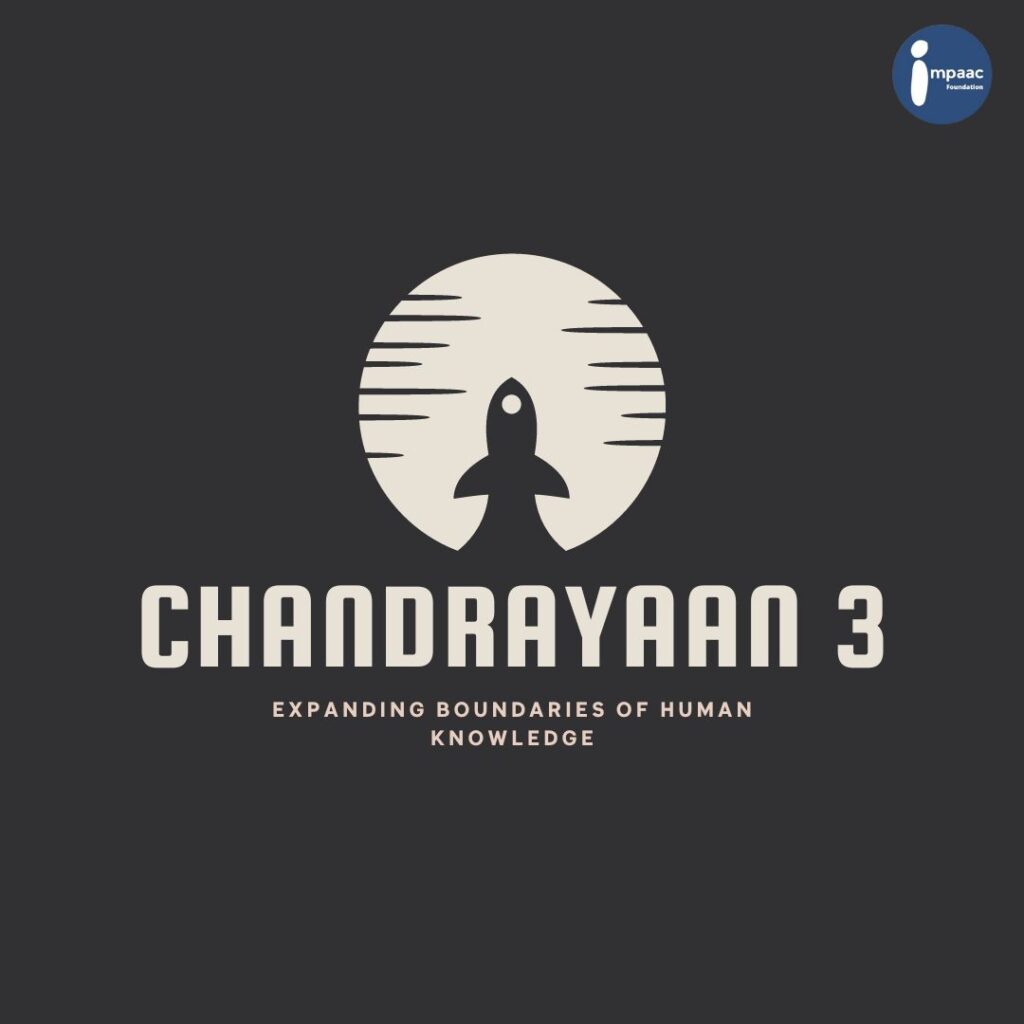Space exploration has always captured the imagination of humanity. With each new mission, we take another step towards unraveling the mysteries of the cosmos. One such mission that has generated immense excitement and curiosity is Chandrayaan 3, India’s upcoming lunar exploration project. Building on the successes of its predecessors, Chandrayaan 1 and Chandrayaan 2, this mission promises to bring us even closer to understanding the moon’s secrets.
Chandrayaan 3: The Next Phase of Lunar Exploration:
Chandrayaan 3 marks the third installment of the Indian Space Research Organisation’s (ISRO) lunar exploration program. The mission aims to build on the achievements of Chandrayaan 1 and Chandrayaan 2, which provided crucial insights into the moon’s surface, composition, and environment. Chandrayaan 3 will continue this legacy by focusing on specific scientific objectives that will enhance our understanding of the moon’s geological history and its potential as a celestial body.
Mission Objectives:
Lunar Surface Studies: Chandrayaan 3 will carry advanced instruments to study the moon’s surface in greater detail. By analyzing the composition of the moon’s soil and rocks, scientists hope to unlock clues about its evolution and history.
Lander and Rover: Just like Chandrayaan 2, the upcoming mission will feature a lander and rover. These robotic explorers will provide crucial data about the moon’s terrain, seismic activities, and other environmental factors.
Technological Advancements: Chandrayaan 3 will incorporate technological advancements in navigation, communication, and landing procedures. These innovations will not only increase the mission’s chances of success but also pave the way for future lunar and interplanetary missions.
Challenges and Learnings:
Space exploration is never without its challenges. The previous Chandrayaan missions taught us valuable lessons about the complexities of lunar landings and the importance of redundancy in critical systems. Chandrayaan 3 will take these lessons to heart, implementing improvements and safeguards to ensure a successful mission.
Collaborative Efforts:
Chandrayaan 3 is not just an endeavor of ISRO; it is a testament to international collaboration. By collaborating with other space agencies and institutions, ISRO is leveraging global expertise and resources to maximize the mission’s potential for groundbreaking discoveries. Scientific Instruments:
Chandrayaan 3 will be equipped with a suite of scientific instruments designed to gather data and insights about the moon’s surface and environment. These instruments may include cameras, spectrometers, seismometers, and other specialized sensors. By studying the moon’s composition, mineralogy, and topography, scientists aim to better understand its geological history and evolution.
Seismic Studies:
One of the critical aspects of Chandrayaan 3’s mission will be its seismic studies. The mission’s lander and rover will be equipped with seismometers to detect and analyze moonquakes. This data will help scientists understand the moon’s interior structure, potential tectonic activity, and even the impact of space debris on its surface.
Technological Innovations:
Chandrayaan 3 will introduce several technological innovations to enhance its capabilities and improve the success rate of lunar landings. These innovations might include advanced navigation systems, precision landing mechanisms, and autonomous decision-making algorithms. The mission will serve as a testing ground for these advancements, which can be applied to future lunar and planetary exploration missions.
International Collaboration:
Chandrayaan 3 reflects ISRO’s commitment to collaboration on the global stage. Partnerships with other space agencies and institutions provide access to expertise, resources, and knowledge-sharing. Collaborative efforts not only contribute to mission success but also foster a sense of unity and collective purpose in the pursuit of scientific discovery.
Public Engagement:
ISRO has a history of engaging the public and promoting scientific literacy through its space missions. Chandrayaan 3 will likely continue this tradition by involving students, researchers, and space enthusiasts in various aspects of the mission. This approach not only fosters interest in space exploration but also cultivates the next generation of scientists and engineers.
Legacy of Chandrayaan:
Chandrayaan 3 builds upon the legacy of its predecessors. Chandrayaan 1, launched in 2008, confirmed the presence of water molecules on the moon’s surface and provided invaluable data on its topography. Chandrayaan 2, launched in 2019, furthered our understanding of lunar geology and attempted a soft landing near the moon’s south pole. Chandrayaan 3 aims to capitalize on these achievements and make significant contributions to lunar science.
Final Thoughts:
Chandrayaan 3 represents a continuation of India’s ambitious space exploration endeavors. With its scientific objectives, technological advancements, and international collaborations, the mission embodies the spirit of discovery that drives humanity’s exploration of the cosmos. As we anticipate the launch of Chandrayaan 3, we eagerly await the insights and revelations it will bring, enriching our knowledge of the moon and the broader universe.




